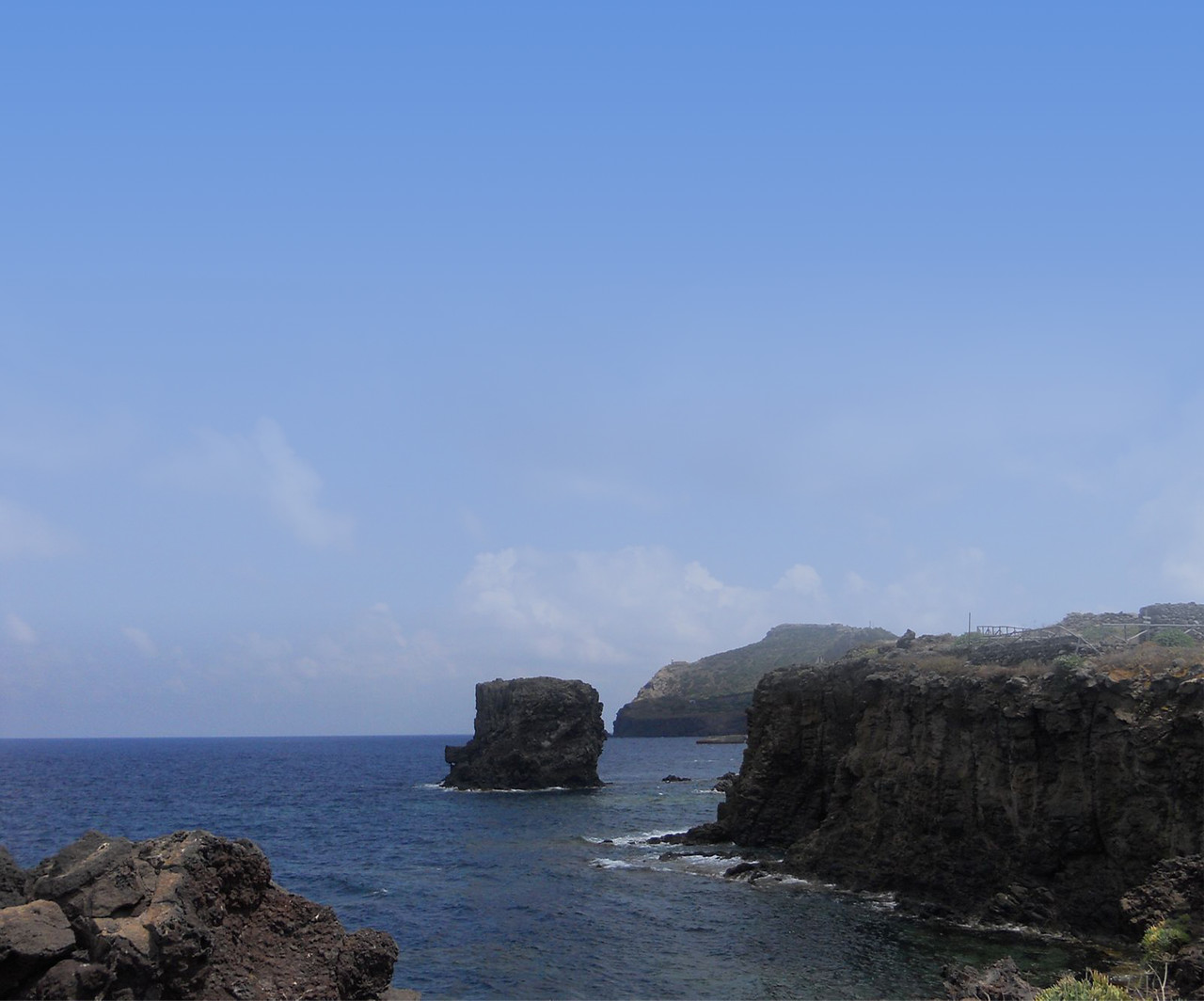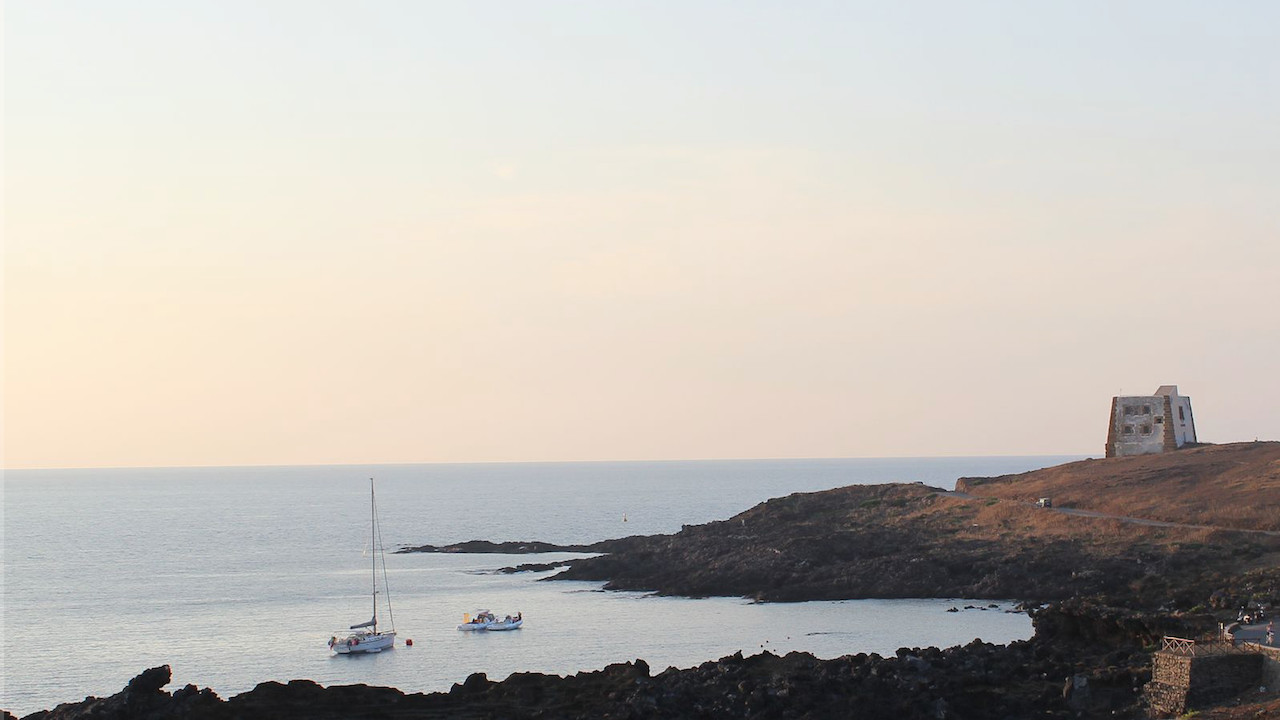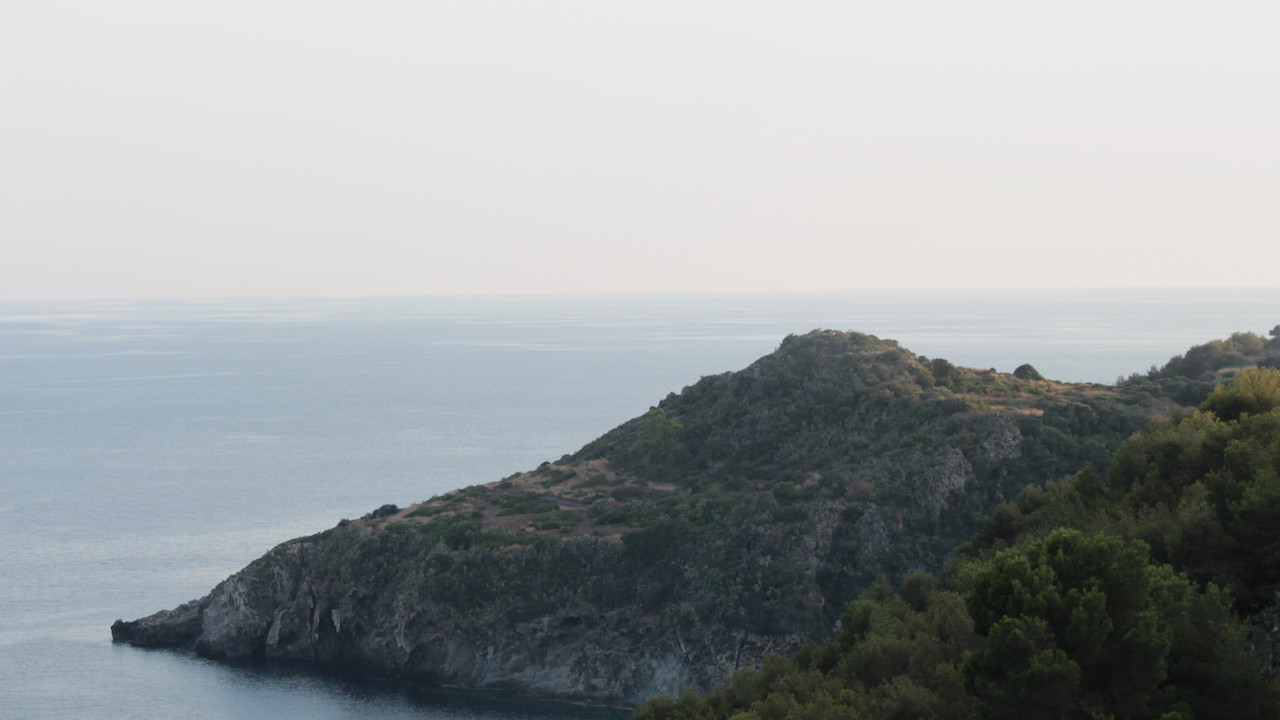
HOW WAS BORN USTICA?
Ustica has the peculiarity of being the only island of anorogenic origin of Southern Tyrrhenian Sea. Its magmas don’t derive by merging pieces of crust in subduction but directly from the depths of the mantle. This makes it very similar to Etna and Hawaii, arousing the interest of many scholars of Earth Sciences who have the chance to observe a great variety of volcanic rocks in total safety and ease. The natural history of Ustica began a million years ago when the Earth's crust led to the ascent of molten magma while it was stretching and breaking. Thanks to continuous underwater eruptions, Ustica began to be built at the bottom of the Tyrrhenian Sea.
For hundreds of years the volcanic activity took place underwater with both slow and quiet eruptions and more violent ones. Once emerged from the sea, it was shaped by the weather and the sea itself until when his volcanic activity ceased. It is still visible the first volcano in the area of “Monte Guardia dei Turchi” which is the most important elevation of the island with its 248 m above the sea level. The activity of this volcano gave birth to “Monte Costa del Fallo” on the West coast of the island. It is considered the second volcano of the island with much more violent eruptions, characterized by powerful explosions producing ash deposits and tuffs.
Also this volcano ceased its activity and magma went to another path on the South-Western side of the mountain. From then the activity of "Ustica volcano" had a long period of stagnation that resulted in the transformation of the magma from fluid and basic to viscous and acid, preparing for explosive and very violent eruptions (called “sub pliniane”). As a result of these strong eruptions, the magma chamber went blank and this caused the formation of terracings in the Tramontana area. The entire northern island area became lower. There were minor events that produced black pyroclastic rocks, used by man to build. The island was then submerged after the polar ice melting. This caused the formation of terracings which returned to be emerged, leaving exposed sediments still visible today. The last major eruption occurred around 130,000 years ago: a series of explosive eruptions formed the tuff cones of “Falconiera” that collapsed into the sea. Today it is the only easily recognizable volcanic crater.


